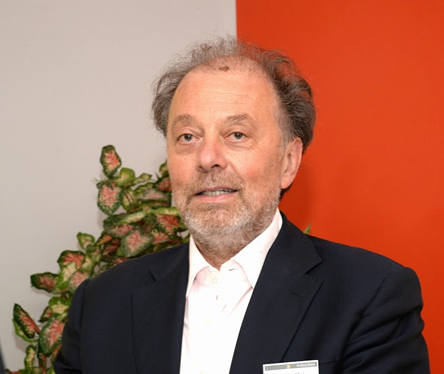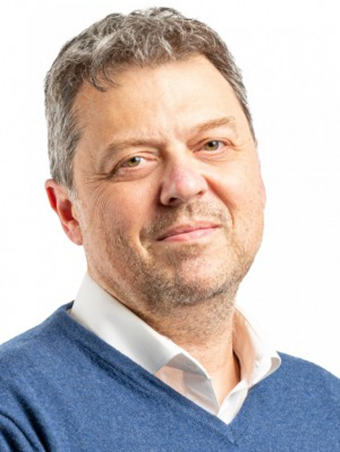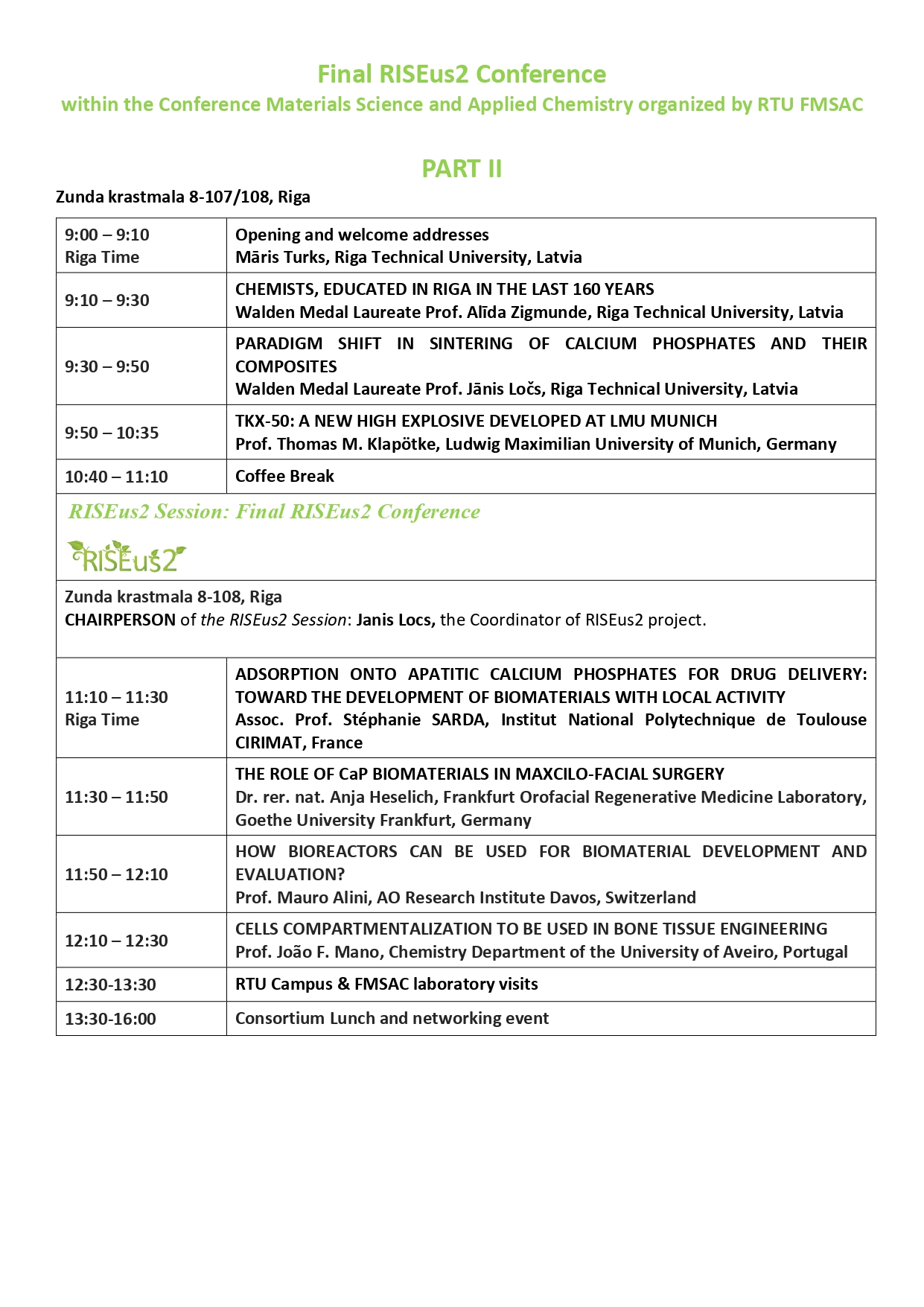Final RISEus2 Conference
Event date: 06-10-2023
The Final RISEus2 Conference will be held within the conference “Materials Science and Applied Chemistry” by the Faculty of Materials Science and Applied Chemistry at Riga Technical University.
RISEus2 advanced partners and internationally recognized scientists will give the invited talks during the RISEus2 Session to highlight the overall research and innovation potential in the biomaterials field of the developed collaborative network within the RISEus2 consortium.
Assoc. Prof. Stéphanie SARDA

Stéphanie Sarda received her PhD degree in Materials Sciences (1999) from Toulouse INP focused on the synthesis of calcium phosphates in Organised Molecular Systems. From 2000 until 2003, she performed a post-doctorate training period in the Universitat Politècnica de Catalunya (Barcelona, Spain) dedicated to the development of calcium phosphate bone cement for biomedical application, and in the Centre de Recherche Paul Pascal (Bordeaux, France) focused on specific recognition of micrometric magnetic. She’s Associate Professor of Toulouse University, teacher in Materials Sciences (IUT Paul Sabatier) and member of “Phosphates, Pharmacotechnics, Biomaterials” research group of the CIRIMAT Carnot Institute in Toulouse. Her main research activity concerns the synthesis and characterization of natural or synthetic (bio)mineral phases of biological interest, as biomimetic nanocrystalline apatites (analogous to bone mineral) and calcium pyrophosphates, for bio-medical applications. Special focus is dedicated on the investigation of adsorption/release of biomolecules and drugs process and surface reactivity on apatitic compounds. She has developed skills in the synthesis and characterization of apatite-based biomaterials as bone cements or porous bioceramics obtained via Pickering emulsions process. Dr. Sarda has published about 40 papers, 4 book chapters and 2 patents in the fields of materials science and biomaterials.
Dr. rer. nat. Anja Heselich

Dr. Anja Heselich is a natural scientist and engineer working in clinical and translational research at the University Clinics of the Goethe University in Frankfurt/Main, Germany. She has studied Chemical Technology with focus on Biotechnology at the University of Applied Sciences in Darmstadt, Germany, where she graduated as an engineer in 2004, and subsequently worked at the universities Department for Biotechnology as an engineer for several years. First in teaching and later in research projects, including research projects for the German Federal Office for Radiation Protection.
In 2009 she moved on to the "Developmental Biology and Neurogenetics" group of Prof. Dr. Paul G. Layer at the Technical University Darmstadt (TUD), where she graduated as PhD in 2012. After her graduation, she worked as a postdoc in two research projects founded by the German Aerospace Center (DLR) on behalf of the European Space Agency (ESA) regarding the evaluation of the radiation risk on the cardiovascular and the visual system during space flights to Mars. Following this, she was able to extend her own research on the influence of near infrared radiation on the cellular radiation response to ionizing radiation, which was founded by the Dr. h. c. Erwin Braun Foundation in Basel.
In 2014 she switched to the Biophysics Department of the GSI Helmholtz Center for Heavy Ion Research, Darmstadt where she was working on the influence of chromatin structures on DNA repair processes after heavy ion radiation induced DNA damage. Both, her research regarding the effects of non-ionizing radiation on ionizing-radiation induced damage, as well as her research on the effects of heavy ion irradiation on the DNA damage repair, were always focusing on understanding these effects in related therapy regimes of radiation-based tumor therapies.
Her current position at the FORM-lab, the research lab of the department for Oral- and Maxillofacial Surgery at the University Clinics of the Goethe University Frankfurt/Main, where she started in 2018, brought her even closer to research-based improvement of patients’ therapies. At FORM-lab she is coordinating and evaluating clinical and translational studies regarding biomaterial application for bone and soft tissue regeneration as well as oncological studies in the head and neck area. Since her PhD at the TUD she is involved in teaching as well and has been given lectures, seminars, and practical courses in the areas of Developmental Biology and Tissue Engineering, in DNA damage repair and Biophysics, in Human Biology for Engineers, and currently in Medical Technology.
Prof. Mauro Alini

Mauro Alini graduated in Chemistry from the University of Lausanne (Switzerland) in 1983. Since then, he has been involved in connective tissue research, starting from his Ph.D. research work, which focused on the isolation and characterization of proteoglycans extracted from both normal human mammary gland and carcinomas thereof. In September 1988, he joined the Joint Diseases Laboratory at the Shriners Hospital in Montreal to work on quantitative and qualitative changes in extracellular matrix proteins (particularly proteoglycans and collagens) of the growth plate tissue before and at the time of cartilage matrix calcification during endochondral bone formation. In January 1995, he was appointed as an Assistant Professor at the Division of Orthopaedic Surgery of the McGill University and head of the Biochemistry Unit of the Orthopaedic Research Laboratory, working to develop new biological approaches to treating intervertebral disc damage. In July 2000, until 2019, he was the head of the Musculoskeletal Regeneration Program (40 scientists) at the AO Research Institute (Davos, Switzerland), focusing on cartilage, bone and intervertebral disc tissue engineering. Since September 2009 is also Vice-Director of the same Research Institute (more than 100 scientists). He received the Marshall R. Urist Award in 2015 from the Orthopaedic Research Society (USA), and the TERMIS-EU Career Achievement Award in 2023. He gave the Ian MacNab lecture (Canadian Orthopaedic Association) in 2019.
Total Publications >330; Book Chapters, 14; 7 patents; h-Index: 89; total number of citations: >25'000; Source of citation data: Google Scholar: (http://scholar.google.com/citations?user=9_h6-YgAAAAJ&hl=en).
Prof. João F. Mano

João F. Mano is a Full Professor at the Chemistry Department of University of Aveiro, Portugal, and vice-director of the Associate Laboratory CICECO – Aveiro Instituto of Materials, where he is directing the COMPASS Research Group . His research interests include the use of advanced biomaterials and cells towards the progress of multidisciplinary concepts to be employed in regenerative and personalised medicine. In particular, he has been applying biomimetic and nano/micro-technology approaches to polymer-based biomaterials and surfaces in order to develop biomedical devices with improved structural and (multi-)functional properties, or in the engineering of microenvironments to control cell behaviour and organization, to be exploited clinically in advanced therapies or in drug screening. He is the Editor-in-Chief of Materials Today Bio (Elsevier). He has been coordinating or involved in many national and European research projects, including 2 Advanced Grants and 3 Proof-of-Concept Grants from the European Research Council. João F. Mano has received different honours and awards, including two honoris causa doctorates (Univ. of Lorraine and Univ. Utrecht) and was elected fellow of the European Academy of Sciences (FEurASc), Biomaterials Science & Engineering (FBSE) and American Institute of Medical and Biological Engineering (FAIMBE). He was the recipient of the 2020 George Winter Award given by the European Society for Biomaterials.
CLOSED
ADSORPTION ONTO APATITIC CALCIUM PHOSPHATES FOR DRUG DELIVERY: TOWARD THE DEVELOPMENT OF BIOMATERIALS WITH LOCAL ACTIVITY
Assoc. Prof. Stéphanie SARDA, Institut National Polytechnique de Toulouse CIRIMAT, France
Calcium phosphates with apatitic structure (or apatites) constitute the mineral part of calcified tissues in vertebrates such as bone. Interfacial properties of apatitic calcium phosphate play an important role in living organisms for biomineralization processes and biomaterials devices. Generally, the adsorption of biomolecules on apatites is considered to electrostatic interactions, but the study of the adsorption of various active molecules such as proteins or bisphosphonates on such surfaces seems to follow a similar pathway. The adsorption process can be generally well described using Langmuir isotherms, and studies of the adsorption reaction reveal, in most cases, an ion exchange mechanism involving the replacement of mineral ions of the apatite surface by molecular ions from the solution. However, the mechanism of adsorption depends on several parameters such as the chemical structure of the biomolecule or the properties of apatitic surface. Considering biomimetic apatite nanocrystals, variations of the adsorption parameters are observed depending on the composition and maturation time of the nanocrystals. Such surface properties can be exploited for the development of drug delivery system using apatite-based multifunctional materials, highlighting the important role of the surface.
THE ROLE OF CaP BIOMATERIALS IN MAXCILO-FACIAL SURGERY
Dr. rer. nat. Anja Heselich
In oral- and maxillio-facial surgery a broad variety of defects, especially intrabony defects are presented to the surgeon, ranging from small tooth extraction defects to trauma defects and to most challenging tumor defects. Often natural healing, especially in larger defects is not possible, or far too weak to allow for efficient restauration and regeneration. Bone transplants from healthy donor sites to the defect can be an option, however these will then present a secondary defect with a chance for unwanted morbities and for additional burden to the patient. In many cases such an option is not given at all. Bone substitute CaP-based biomaterials offer a highly valuable option for regeneration of such defects, but for efficient application the physico-chemical properties of have to be kept in mind to achieve the right balance for guided bone regeneration.
HOW BIOREACTORS CAN BE USED FOR BIOMATERIAL DEVELOPMENT AND EVALUATION?
Prof. Mauro Alini, AO Research Institute Davos, Switzerland
Advanced biomaterials and tissue engineered constructs have been developed to improve tissue repair; nevertheless, their clinical translation has been hampered, also by the lack of reliable in vitro models suitable for pre-clinical screening of new implants and compounds mimicking the in vivo situation. Tissue regeneration is strongly influence by the mechanical properties and behavior of biomaterials, which can be completely different when tested in "isolation" or in a biological context. Therefore, it is important to evaluate the performance of such advance biomaterials in in vitro models, which reproduce closely the in vivo tissue status. To such end, we have developed several complex organ models (cartilage, intervertebral disc, bone, etc.) which include, not only the tissue part, but the tissue is cultured within a bioreactor, reproducing loading patterns like the in vivo microenvironment. Here, we will focus on bioreactor systems that transmit a mechanical stimulus, as this is a key parameter in the homeostasis of various musculoskeletal tissues, such as bone, cartilage, tendon, and intervertebral disc. By testing regenerative therapies under conditions that are closer to the ones encountered in vivo, bioreactors can provide a useful screening tool and standardization opportunities for the evaluation of various biomaterials, but as well as cell types, drugs, or tissue engineered products. This will allow to reduce the number of samples for the final in vivo evaluation, allowing the 3R philosophy approach to be implemented.
CELLS COMPARTMENTALIZATION TO BE USED IN BONE TISSUE ENGINEERING
Prof. João F. Mano, CICECO — Aveiro Institute of Materials, Department of Chemistry, University of Aveiro, 3810- 193 Aveiro, Portugal
Bioinspired engineered microenvironments provide cells with a holistic “instructive niche” that offers the adequate entourage for cellular control both in space and time. We have been proposing different strategies of generating microtissues with well defined combinations of cells and biomaterials that could be then assembled into larger constructs for tissue engineering applications. Examples from our group are presented, including: (i) cell-rich systems, either cell-stamps obtained by magnetic force based-tissue engineering with controlled geometries, or partially coated cells obtained by surface cell engineering; (ii) ultrathin microparticles able to self-assemble with cells to form miniaturised tissues; (iii) cell encapsulation in liquified capsules with thin biomaterials shells for the autonomous development of microtissues. In particular examples on the recreation of adequate ecosystems for cells to develop bone-like engineering microtissues will be highlighted. Such elements can be used as building blocks to be assemble into large constructs to produce macroscopic tissues using bottom-up tissue engineering methodologies.



